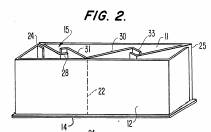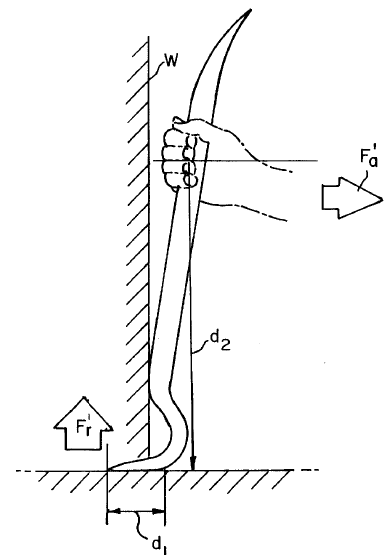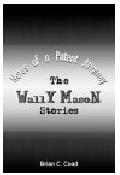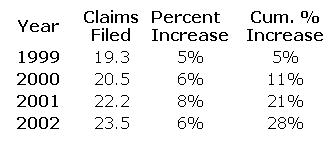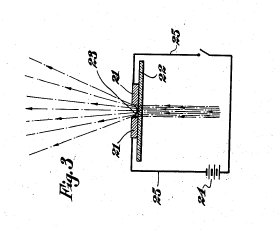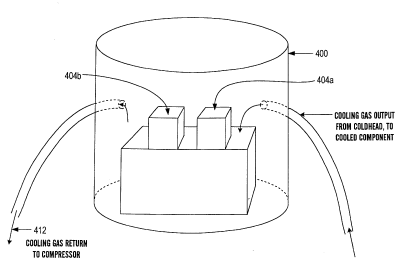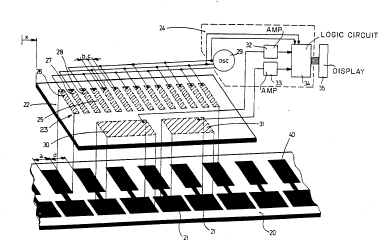Today, the Federal Circuit held oral arguments in Phillips v. AWH. Over 250 people attended the arguments and over 30 briefs were filed in the appeal. It was expected that this case would weigh in heavily on policy issues concerning claim construction. Surprisingly, however, the court did not ask any questions regarding the use of prosecution history, prior art, or expert testimony for claim construction. Likewise, there was very little discussion of the use of competing dictionaries, such as the use of technical dictionaries versus general dictionaries.
However, the court did delve into the dictionary/specification dichotomy. A major concern that the court had was in the are of express versus implied limitations in the specification. Specifically, should claims be limited by a contextually implied definition of a term? Although not briefed by the parties, Judges Rader and Mayer were interested pursuing the idea of giving deference to district court decisions on claim construction.
In my point of view, this case is not about whether or not a dictionary is used prior to the specification. What matters here is giving a framework to district court judges so that their opinions will not be overruled so often. Others have made the argument, however, that even with a clear decision framework, the Federal Circuit will continue to reverse because the CAFC judges see themselves as often being in a better position to determine claim language — reasons: (i) the CAFC handles technology issues all the time and they are not going to close their eyes to areas of technology that they see everyday and (ii) the CAFC focuses on patent law, and thus should have less deference. Interestingly, although none of the briefs suggested it, the PTO’s solicitor John Whealan was asked about his position that patent examiners do not rely on dictionaries.
My Predicted Outcome: (but don’t rely on it).
- The new rule will be: Even when the specification does not explicitly define a term, the court should interpret claims in the context of the specification and rely on dictionaries and other sources when the district court judge needs more clarity. Thus, dictionaries will receive a lower emphasis.
- The CAFC is going to do the best it can to provide a framework for district court decisions, but I’m not convinced they will find a solution without broaching the issue of deference.
- Even though everyone wants some deference given to lower courts on claim construction, this issue will not be decided in this opinion.
Claim construction is at issue in almost every patent infringement lawsuit. This case will likely change the structure of arguments over claim construction at the district court.
Notes:
- Peter Zura provides more info in first impressions of the oral arguments at his 271 blog.
